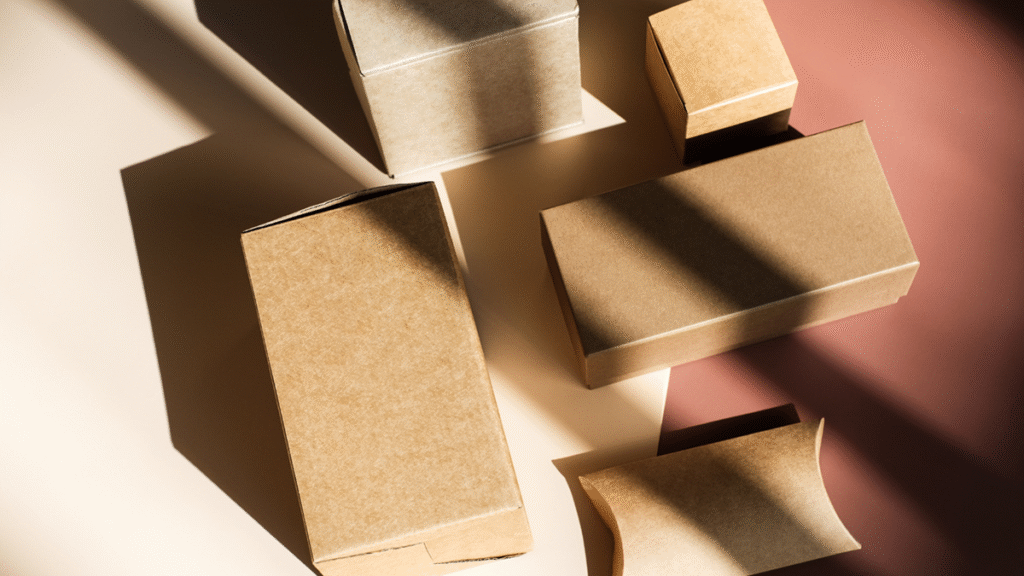When you order online, you go through different stages, like handling, transportation, and delivery. These three steps are usually safe, but accidents can happen. It’s just a good thing that package protection’s a thing.
Package protection is insurance that gives you money back if something bad happens to your stuff while it’s on its way.
Now, to help you understand even better, we prepared a step-by-step guide by looking if package protection is worth it.
Whether you’re a regular online shopper or a business owner, here’s how to get money if something happens to your package.
Step 1: Preparing to File a Claim
Filing a package protection claim is a step you need to take to recover your losses during shipping or delivery. This first step starts by gathering important information. For example:
- Find your purchase proof.
This can be receipts, invoices, or order confirmations. These papers show that you own the products and their value. - Get the details about your shipment’s tracking.
You can find info in emails about shipping or on the label of your package. It helps the protection provider know where your package is when something goes wrong. - Take good pictures of damaged things.
Show how broken they are or if there are problems on the outside. If something is lost, take pictures of the package and any labels or marks on it before you open it. - Collect any papers about the problem.
This might include shipping receipts, delivery confirmations, or emails with the shipping company or seller. These papers help explain when and how the problem happened.
After gathering your evidence, we advise you to read your protection policy. This helps you know what it covers and how to make a claim.
Step 2: Contacting the Provider
When you have problems with a package, contacting the people who provide package protection is essential. To find the right contact, keep an eye out for:
- Customer Sevice
You will usually talk to the provider’s customer service to help you with your claim. - Claim Department
Some providers have a special department for handling claims. Getting in touch with people in this area will result in faster service. - Online Forms
Some providers let you start the claim process on their website. It’s an effective method to get things done online.
After you get in touch and provide all the info and documents, it’s a good idea to make sure they got your claim. This way, you’ll know they’re working on it.
Also, ask them how long it’ll take to process your claim. This helps you know when to expect an answer or a solution. You can follow up if it takes a little longer.
Step 3: Filing the Claim
After knowing who to contact, let’s start the claim and get your money back!
-
Complete the Claim Form
The claim form usually contains
- Name
- Address
- Contact info
- Policy number
Make sure to double-check what you put. A mistake can slow you down.
-
Explain What Happened
When you talk about what happened, be really clear and detailed:
- How and when the damage or loss happened.
- If the package looked damaged when you got it.
- Tell them the last time it was tracked and if anything weird happened.
Giving all the info helps them figure out your case faster.
-
Send in Your Claim
When you’re sure everything’s good, give it to the insurance company. They might have a website or an email where you can submit it online.After you send it, we’re sure they’ll keep you updated. Keep any information they will give you.
Step 4: Claim Evaluation and Processing
Once you’ve submitted your package protection claim, the provider usually goes through four phases. These phases help you figure out if you will receive compensation.
Phase 1: The Provider Checks Your Claim
The company will look at the information and papers you sent them. This makes the process smoother. It makes sure that they can help you.
Phase 2: Investigating Your Claim
If your expensive item got damaged, they might want to see it or talk to the people who shipped it. They do this to make sure your claim is real.
Phase 3: The Decision
After checking everything, the company will decide what to do. There are three possibilities:
- If they say yes, they’ll return some money or replace your item.
- If they say no, maybe your policy doesn’t cover it, or you didn’t give enough proof.
- Don’t give up if they say no and you think they’re wrong. Some companies let you ask them to look at your case again.
Step 5: Receiving Compensation
Once you’ve filed a package protection claim, it’s time to understand how you get paid or why you might not get paid.
When your claim is approved, the money you get depends on a few factors:
- Declared Value – If you tell the insurance company how much your item is worth when you buy protection, they’ll start with that value.
- Replacement Cost – If your stuff is damaged or lost, they might pay you the cost to replace it.
- Deductibles – Some insurance plans make you pay a bit of the cost before they pay the rest.
- Coverage Limits – There’s a limit on how much they’ll pay. You won’t get all the money if your product is worth more than that.
- Depreciation – If your stuff is damaged, they might pay you less because things lose value over time.
To Wind Things Up
Whether you’re sending or receiving packages, package protection shields you from the risks of transit and delivery. It ensures that if something goes wrong, you have a financial safety net to fall back on.
Don’t wait until disaster strikes to learn about the claim process or the terms of your package protection policy. Swipe can help you familiarize the worth of package protection. You can streamline the claims process and increase your chances of a successful outcome.



 Swipe Team
Swipe Team October 6, 2025
October 6, 2025 5 mins
5 mins 



